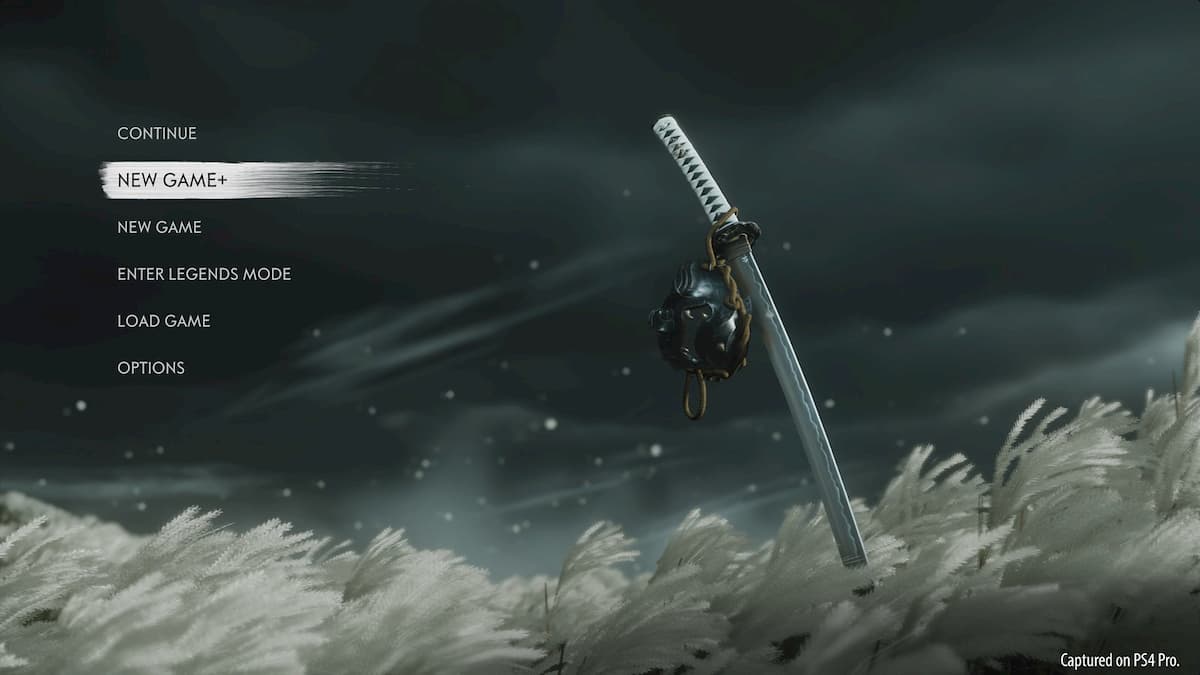
Be a hero and a Zero.
Mega Man and Mega Man X are related, but only just. Whereas Mega Man is plucky and wholesome, Mega Man X is often melodramatic and grim. The two series are joined by some loose themes and for being peak action-platforming in the ’90s when competition was fierce, but Mega Man X has always been a little more complex and experimental, for better and worse. The Mega Man X Legacy Collection pays homage to the series in its near-entirety, with only a few shortcomings to detract from the overall quality of the compilation.
True to its name, this set captures the legacy of MMX–from the original Super NES classics, to their natural progression onto 32-bit systems, to the somewhat disastrous journey into 3D on the PlayStation 2. Only missing are a handful of Mega Man X curios: the pair of Xtreme Gameboy titles, the Maverick Hunter X remake for the PSP, and the strangely endearing spin-off RPG Command Mission. Three of those four were remakes or retellings in one way or another, so their absence is understandable.
With such a wide variety of emulation represented, technical proficiency becomes the key to a successful collection. The Switch version, where I spent most of my playtime, performed on-par with expectations, with no more slowdown on the Super NES titles than I remembered, and consistently smooth quality on the more technically demanding PlayStation- and PlayStation 2-era games.

The original Mega Man X is still a blast 25 years after its debut, with its combination of classic Mega Man gameplay with increased speed and agility feeding off of a soundtrack that pops and fizzes with the energy of a synth-heavy 80s rock band. Collections like this give a chance to appreciate just how unique its ideas were: Stages that shift based on which bosses have already been defeated build the world in subtle ways; Optional power-ups that center around proper mastery of the dash-jump combo, and give a special sense of accomplishment that favors especially skilled play; Special secondary functions for charged boss weapons that add another layer of strategy. It all holds up spectacularly, and still feels enjoyable from start to finish.
Mega Man X2 built on the original concepts and took those high-level skills for granted. This makes it both a natural progression and, sometimes, too clever for its own good. The upgrades require more backtracking, and the punishment for missing a power-up is often instant death. The addition of optional super-bosses, the X-Hunters, was a concept that would continue across several games, but the genesis here may be the best implementation of it. Mega Man X3, by comparison, suffers sequel fatigue with a few too many collectible doodads and boss animations that are noticeably less detailed and flowing than their other SNES counterparts. Fortunately, it’s one of the rarest Mega Man games, and one of the easiest to have missed back in its day, so having access to it again at all is a small prize.
In a way, the entire collection itself is the museum–an entire series, with all its beauty and its blemishes, on display for its audience to judge and assess years later.
Mega Man X4 is where the series transitioned to PlayStation, and serves as a refresh. The new platform gave an opportunity for reimagined sprites, introduced the ability to play through the entire game as the popular character Zero, and somehow, miraculously, didn’t lose a step for the transition. It serves as a rare example of a platform-crossing sequel that didn’t shed any of the original magic.
Mega Man X5 builds upon that firm foundation with some novel ideas like two collectible sets of armors. The classic guesswork of sussing out boss weaknesses is diminished somewhat by splitting the sets of bosses in two, thereby halving the possibilities. But it features multiple endings, and adds the ability to duck for new wrinkles of platforming complexity. It’s also the most narratively coherent, intended as a farewell to the character Zero. Obviously, that didn’t last. Mega Man X6, like X3 before it, is the third game on a platform and starts to diminish in some ways that are hard to ignore–namely weaker animations and a lack of English voiceover in cutscenes. In fact, all of the PS1-era cutscenes look worse for the wear on an HD screen.
And while Legacy Collection also includes Mega Man X7 and Mega Man X8, these are the lowlights for a series that unfortunately stumbled its way across the finish line. The less said about X7, the better. It was a clumsy experiment in taking the franchise to 3D, at the cost of all the exacting control for which the series had deservedly earned its reputation. It also famously introduced Axl, a young new Hunter who is as over-designed as he is obnoxiously voiced. Axl’s weapon is more suited to 3D than X or Zero, which is itself a concession to the impracticality of it all. Mega Man X8 finishes the series by learning hard lessons and going back to the side-scroller genre, albeit in 2.5D. Despite the half-baked attempt, it’s just not the same. It’s as if X, Zero, and Axl are wearing lead boots. It fails to capture the seamless speed and agility that made the older games so special, so it’s a sour note to end on.
In sum, then, the first half of the collection is significantly stronger than the second. That serves to emphasize how strange it is that the collection as a whole is bifurcated. The split gives some flexibility for purchasing, but it would have been nice to have an option in which all eight games are housed under a single roof. As it is, the collection is split into two distinct pieces of software, and jumping back and forth between them to sample the various games is inelegant.
The “X Challenge” mode is the most substantial new feature in the Legacy Collection, challenging you to take on a gauntlet of bosses, two at a time. These are curated fights, and at the beginning of each set you can choose a set of three special weapons to bring along. Since it’s mixing and matching bosses from across separate games, it takes some experimentation to find weapons that are effective against the widest range of enemies, and which ones will have to be taken down with the simple X-Buster. The challenges in each half of the collection are similar to each other, but include a slightly different boss line-up and separate leaderboards.

The other features added are to be expected from a retro compilation. A smoothing filter actually bucks the trend of muddy processing effects and looks crisp on the handheld Nintendo Switch screen–though for big-screen play, classic pixel-perfect is still the way to go. A Rookie Hunter toggle reduces the difficulty for a more relaxed experience. A set of Hunter Medals track and reward the full breadth of Mega Man X challenges, from completing armor sets or finishing games to more obscure ones like receiving Zero’s Arm Part in the original MMX. Some are even devilishly difficult, offering challenges that seasoned veterans may not have realized were even possible. It grants some extra longevity to a set of games that are, ordinarily, known for going by quickly.
A separate Museum feature details a treasure trove of artwork, music tracks, merchandise, and marketing from throughout the series’ history. It could stand to be more complete, but the material that is present archives the series’ history well.
In a way, the entire collection itself is the museum–an entire series, with all its beauty and its blemishes, on display for its audience to judge and assess years later. Parts of this legacy have aged horribly, but they’re still undeniably a piece of Mega Man X history. We’ve been told that the upcoming Mega Man 11 was greenlit thanks in part to fan interest in the original Mega Man Legacy Collection. If Capcom follows with a proper sequel to Mega Man X, this compilation provides valuable lessons on what the series is, what it isn’t, and what it can be when given the chance.







More Stories
Doom Eternal review
Review: The Last of Us Part II complicates the idea of right and wrong
Dirt 5 review